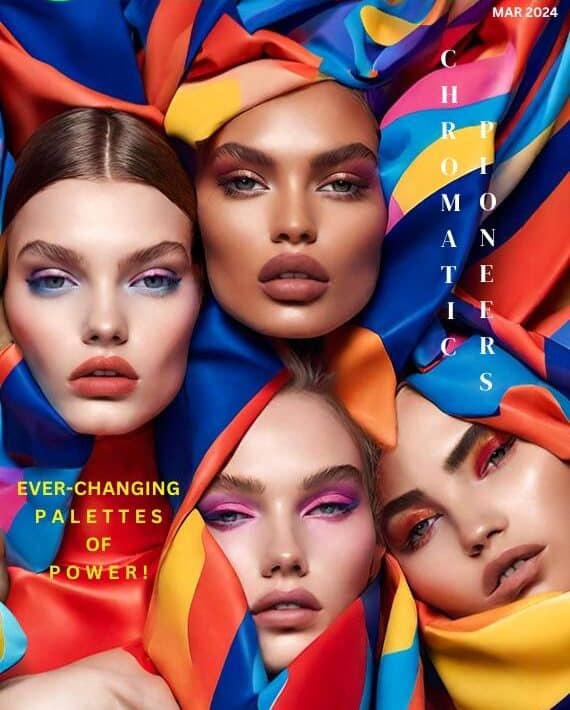Fighting for Intellectual Property: Balmain, Tongoro & Kyalo

They say fashion tells a story, but for Dina Yassin,…
The recent Paris Fashion Week didn’t just parade the latest fashion trends; it sparked a critical debate on cultural ownership and artistic integrity, putting the global fashion industry’s ethical practices under scrutiny. The center of this controversy is a distinctive piece of facial jewelry showcased in Balmain’s Fall 2024 menswear show. This particular design has become a contentious symbol, embroiling Balmain, Tongoro, a Senegalese brand, and Theresia Kyalo, a Kenyan jewelry designer, in a complex battle over creative rights and cultural appropriation.
This issue first came to light when Balmain’s show featured a design strikingly similar to “Cairo,” a piece by Sarah Diouf of Tongoro, unveiled at Dakar Fashion Week in 2019. Diouf’s design, an homage to the Wodaabe tribe’s facial painting traditions, was celebrated for its cultural significance. However, the revelation of Balmain’s similar design raised uncomfortable questions about a major Western fashion house potentially appropriating the work of an African designer.
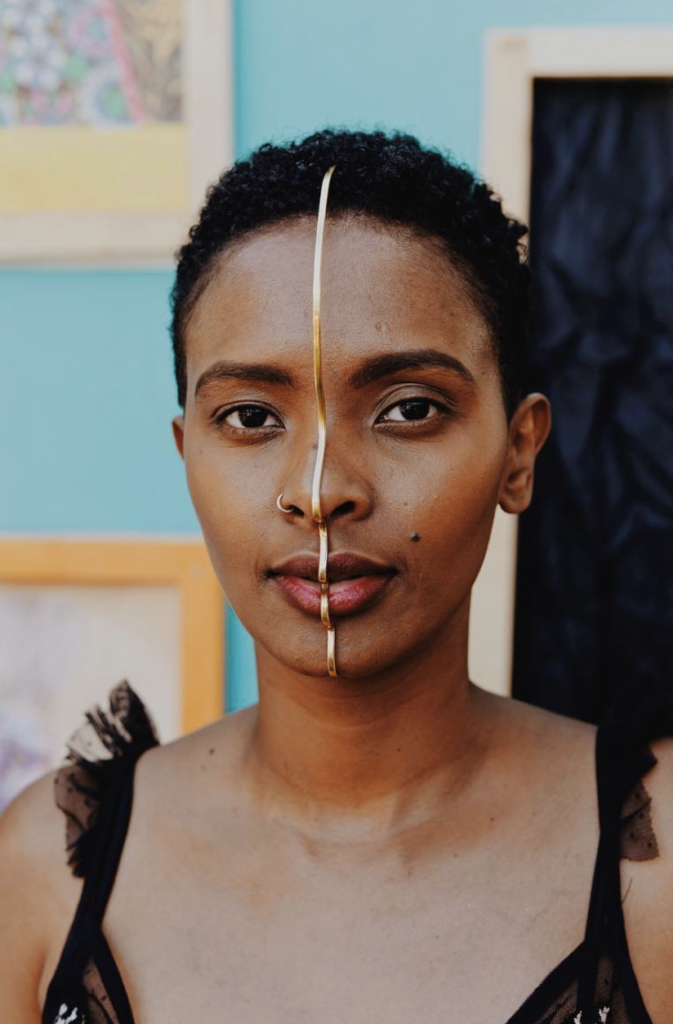
The plot further thickened when it was revealed that Tongoro’s design itself bore a resemblance to Theresia Kyalo’s earlier work. Kyalo, hailing from Kenya, is known for her unique jewelry designs that reflect her cultural heritage. This tangled situation highlights the intricate web of inspiration, influence, and ownership that exists within the fashion industry, particularly concerning African designers.
Naomi Campbell’s involvement adds another layer of complexity to this narrative. As a self-proclaimed champion of African design talent, her 2019 appearance in Elle CIV, wearing Tongoro’s jewelry alongside Sarah Diouf and Alicia Keys, was a significant nod to African creativity. However, her later runway appearance for Balmain, wearing a piece reminiscent of Diouf’s adornment and Kyalo’s original design, opened up discussions about the intricacies of representation and advocacy in fashion. It raises questions about the responsibilities of high-profile figures when it comes to acknowledging and protecting the origins of cultural and creative expressions.
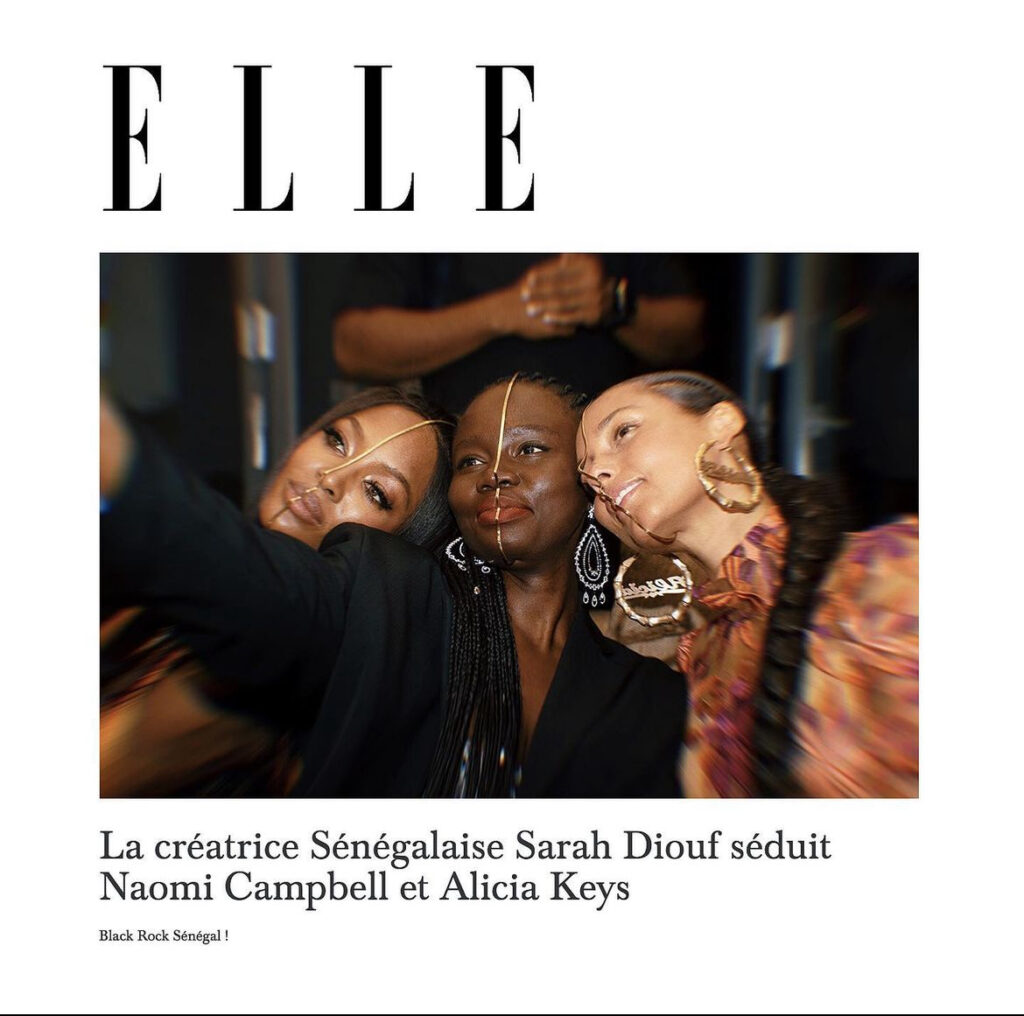
Thando Magumise, founder and creative director of Ntombi Couture brings a crucial perspective to this discussion, focusing on the importance of intellectual property (IP) rights. Magumise’s comment, “The biggest mistake creatives make is not paying attention to IP. And sadly in business, it then becomes fair game,” sheds light on the predicament many African designers face in an industry where larger brands often overshadow smaller, culturally rich ones. The cost of securing IP rights is a significant barrier for many, yet it’s a vital tool for protecting their creative contributions.
This unfolding saga serves as a poignant reminder of the ongoing struggle for recognition, respect, and fair representation that African designers like Kyalo and Diouf face in the global fashion landscape. It underscores the need for a more equitable and respectful approach to fashion design and the protection of cultural heritage within the industry.
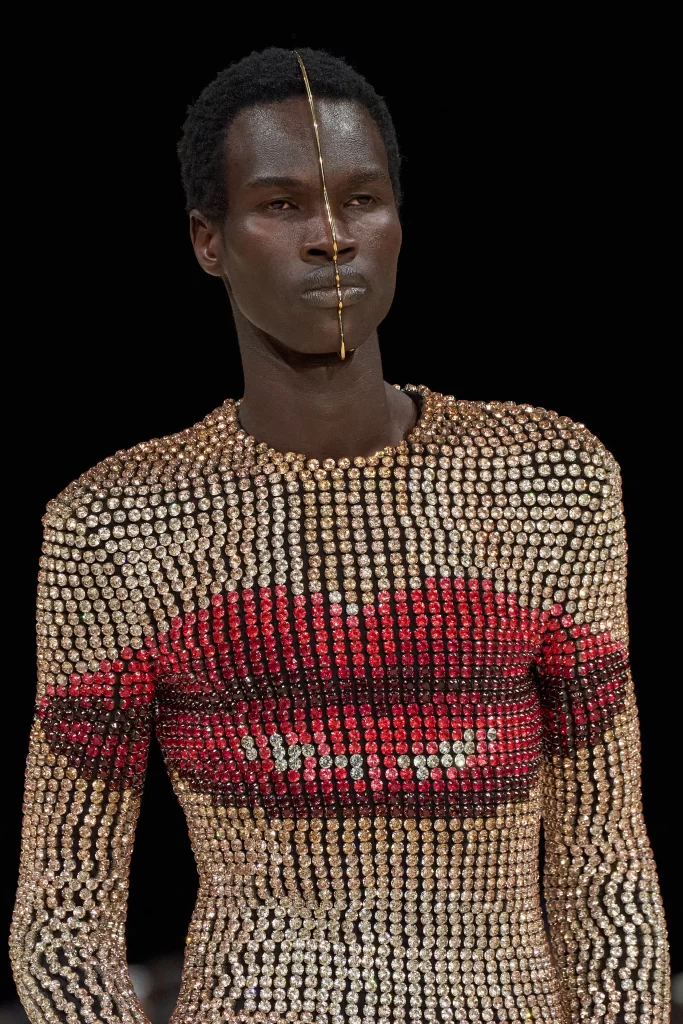
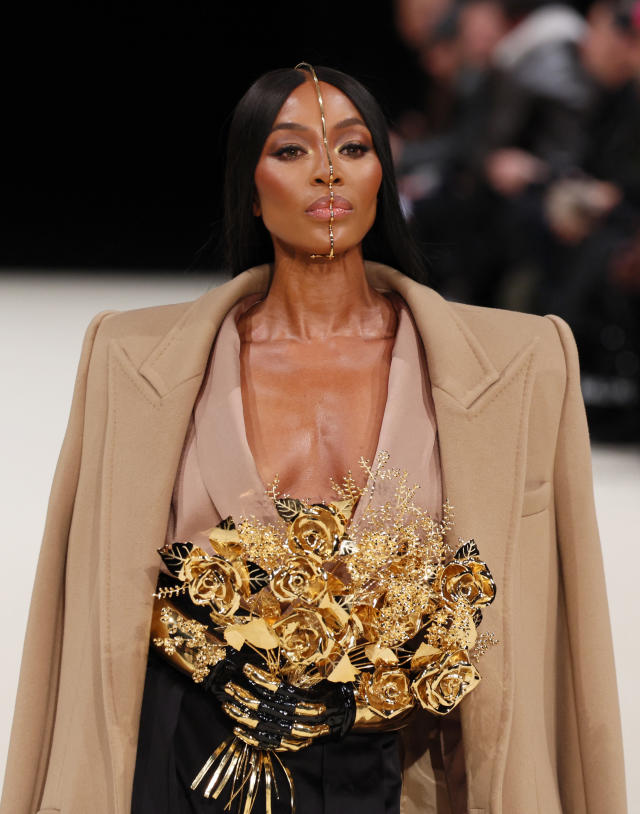
As the fashion world reckons with these challenges, the experiences of Kyalo, Diouf, Campbell, and the Tongoro–Balmain situation highlight the urgent need for change. It’s a call for the industry to not only appreciate the diverse cultural influences that enrich fashion but to ensure that the creators behind these influences are rightfully recognized, their rights protected, and their artistic contributions duly celebrated.
What's Your Reaction?
They say fashion tells a story, but for Dina Yassin, it’s more than just storytelling—it’s an art, a science, and a little bit of magic. As the Co-Founder, Chief Storyteller, and Editor-in-Chief of GAZETTA—among many other titles—she’s the woman behind the words, the visionary shaping narratives, and the creative force redefining luxury fashion journalism in the digital age. With over two decades of experience in luxury brand consulting, creative direction, and trend forecasting, Dina has worked with some of the most coveted names in the industry—think Van Cleef & Arpels, Kenzo, Bvlgari, Hermès, and Chloe—all while keeping her finger firmly on the pulse of what’s next. Her work has graced the pages of Vogue Arabia, Harper’s Bazaar, Condé Nast Traveler, Mojeh Magazine, Vanity Fair, Marie Claire, 7 Corriere, and The Rake—among many other top-tier titles—solidifying her reputation as a fashion and luxury thought leader. But here’s the twist—Dina isn’t just reporting on the future; she’s creating it. Under her leadership, GAZETTA introduced EVVIE 7, an AI-driven journalist pushing the boundaries of editorial innovation. Because in a world where algorithms influence aesthetics as much as designers, Dina ensures GAZETTA stays one step ahead, seamlessly blending technology, culture, and high fashion into a platform that speaks to the modern, forward-thinking luxury consumer. Beyond her editorial expertise, Dina is a renowned luxury brand consultant, trend strategist, and creative powerhouse who thrives at the intersection of fashion, culture, and digital storytelling. Whether she’s consulting on luxury branding, forecasting emerging trends, directing high-profile fashion campaigns, or curating immersive experiences, she’s always asking the big questions—What’s next? Who’s shaping it? And most importantly, how do we make it unforgettable? One thing is certain: Dina Yassin is always at the forefront of what’s next.



